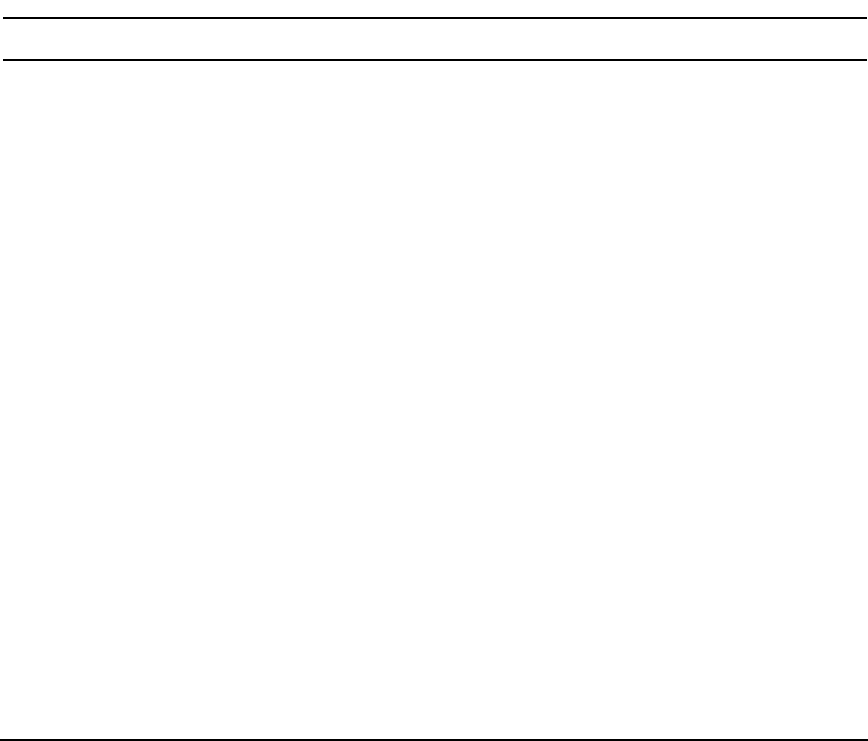HP-UX IPQoS A.01.00 Administrator's Guide (October 2005)
Table Of Contents
- About This Document
- 1 Introduction
- 2 Installing HP-UX IPQoS
- 3 Getting Started with HP-UX IPQoS
- 4 HP-UX IPQoS Configuration Files
- 5 Administering HP-UX IPQoS
- 6 Troubleshooting HP-UX IPQoS
- Overview
- Troubleshooting Tools
- Troubleshooting Scenarios
- Installation Scenario: HP-UX IPQoS Installation Fails
- HP-UX IPQoS Configuration File Verification Fails
- Active Configuration Is Not As Expected
- State Is Not As Expected
- Traffic Management Problems
- Corrupt or Missing HP-UX IPQoS Configuration File
- Internal Error from Corrupt or Missing HP-UX IPQoS Database File
- Sample Error and Warning Messages
- Reporting Problems to HP
- A HP-UX IPQoS Configuration File Attributes: Quick Reference
- B HP-UX IPQoS Configuration File Examples
- C ipqosadmin Quick Reference
- Glossary

HP-UX IPQoS Configuration Files
Filter Blocks
Chapter 4 67
Syntax Rules
The following rules apply to address and port attributes:
• Specify addresses and ports as singles or ranges.
• Specify IP addresses using the dot-notation for IPv4 and colon-notation for IPv6.
The address family of the first specified IP address determines the address family
recognized by the filter. If you specify an IPv4 address the filter matches IPv4 packets.
The same applies for IPv6. You cannot specify both IPv4 and IPv6 addresses in one filter.
If you want to match an address or range regardless of IP format, duplicate the filter and
specify the required address once in IPv4 for one filter and in IPv6 for the other filter.
Attach both filters to the same policy.
NOTE To filter IPv6 traffic, the system must be IPv6-enabled.
• If you specify an address but not a network protocol, then the format of the address is
used to set the network protocol.
• You can specify addresses numerically or by host name. Host names are converted using
the standard name-to-address lookup functions, and are resolved when the configuration
is loaded.
You can specify ports numerically or by the service name. The service name is converted
to a number using /etc/services. The range for valid port numbers is 0-255 inclusive.
• If a host name or service name resolves to more than one address or port, the filter is
automatically duplicated for each address or port. This is referred to as expansion.
If the original filter name is filterX, the set of expanded filters is named filterX_1,
filterX_2 and so on. If filter filterx_1 is also expanded, the set of expanded filters is
named filterX_1_1 and filterX_1_2.
For example, if filterX uses both host names and service names, then filterX is
expanded once to resolve host names to addresses. All resultant filters are expanded
again to resolve service names to port numbers.
• When a port is specified by a service name rather than a number, you can specify the
associated transport protocol on the same line. The shortcut syntax is as follows:
port_service_name/transport_protocol_name
For example: dstport http/tcp
Use this shortcut to avoid expanded filters that would otherwise be created. For example,
specifying dstport http creates dstport http/udp and dstport http/tcp.










